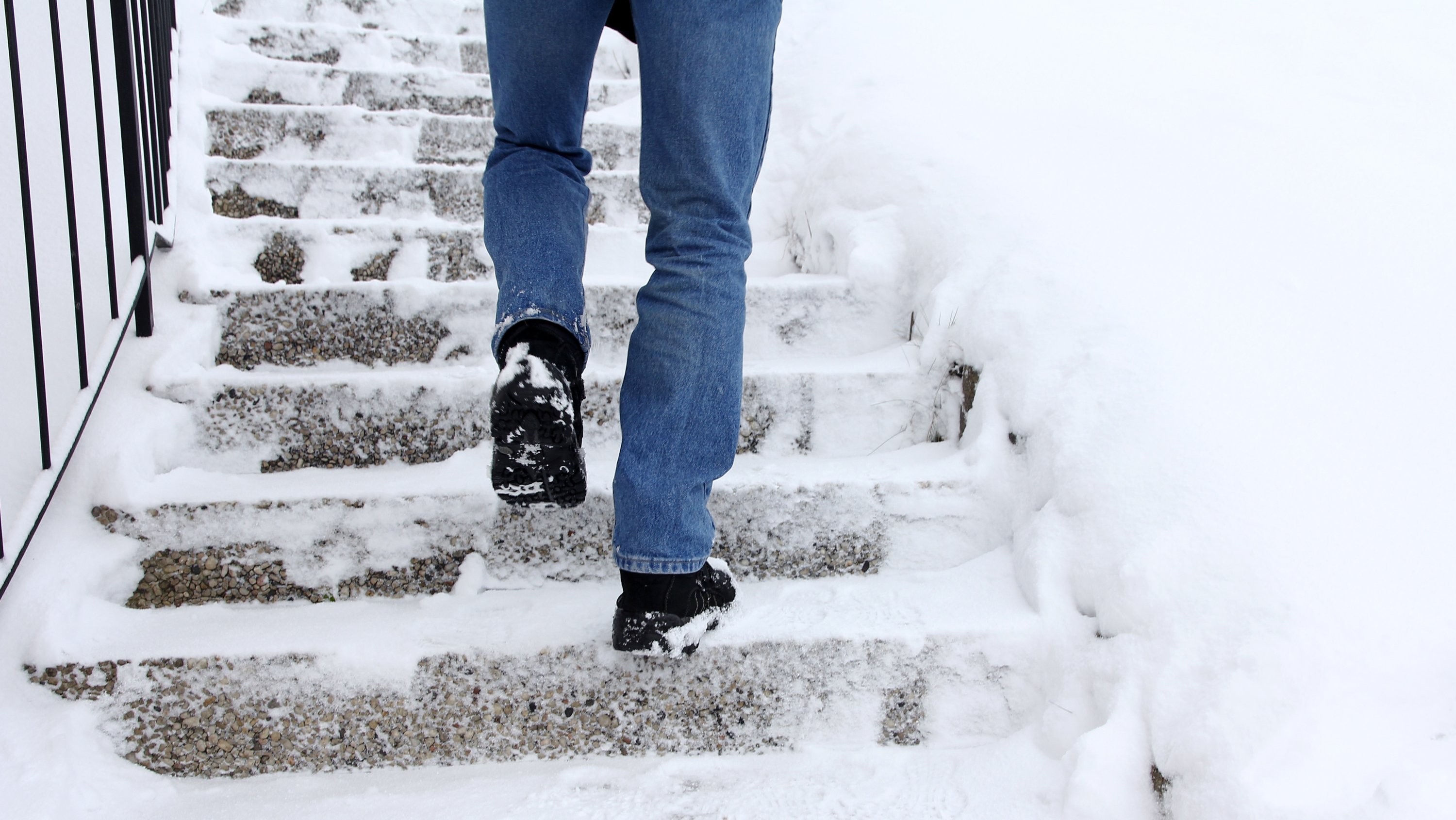Winter is part of the Canadian experience and so are injuries that come with the season's slippery conditions.
Slips and falls on ice and snow in Alberta result in almost 15,000 emergency department visits and nearly 1,700 hospital admissions every year, according to the Injury Prevention Centre (IPC) at the University of Alberta's School of Public Health.
Don Voaklander, professor and IPC director, said these types of accidents are mostly avoidable.
"By making just a few changes to the way we move and walk in winter conditions, we can save ourselves a lot of trips to the emergency room, and suffering," he said.
Here are Voaklander's top three tips to help you stay on your feet in icy conditions this winter.
1. Choose winter footwear like you choose winter tires.
Investing in a good pair of boots that will perform well is the first step to prevent slips and falls.
"The treads on your boots should have the same qualities you find in your winter tires," Voaklander said. "Look for soft, flexible soles that will grip icy, uneven surfaces."
Voaklander suggested checking out Rate My Treads before shopping for footwear. The website offers performance ratings for a wide variety of boots that are tested on wet and cold ice conditions.
2. Do the penguin walk.
Voaklander points to a video that explains how to mimic a penguin's walk to avoid slipping and falling.
"The trick is to keep your centre of mass right over your feet and to take short, shuffling steps," he advised.
It's also important to watch where you're stepping and be aware of your surroundings. That means no texting while walking.
3. Use caution with ice cleats.
Voaklander said ice cleats can be especially helpful for winter hikers and outdoor runners, but added a caution for people who are thinking about using them daily.
"If you're in a hurry or just going a short distance, there may be a temptation to skip the extra step of strapping on ice cleats and then moving like you have them on," he said. "My suggestion is to first make sure your boots are good quality. Ice cleats should be treated as an extra precaution."
